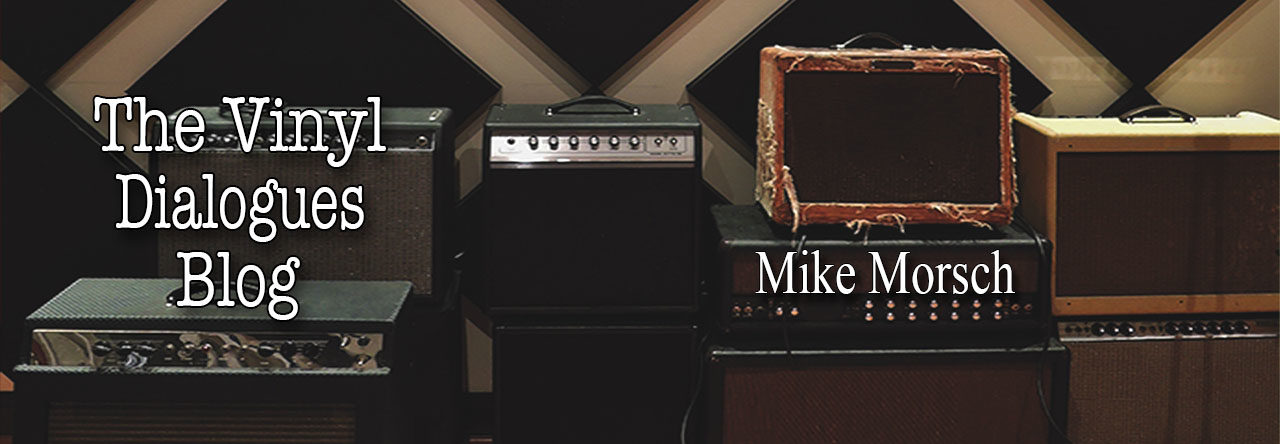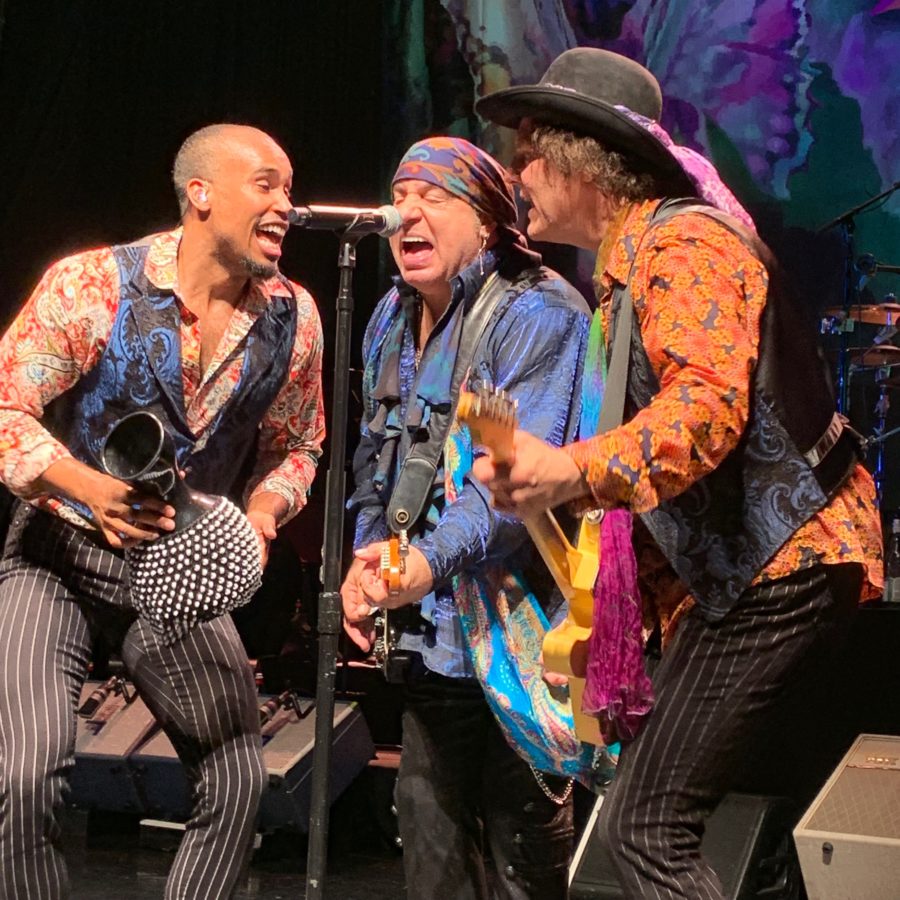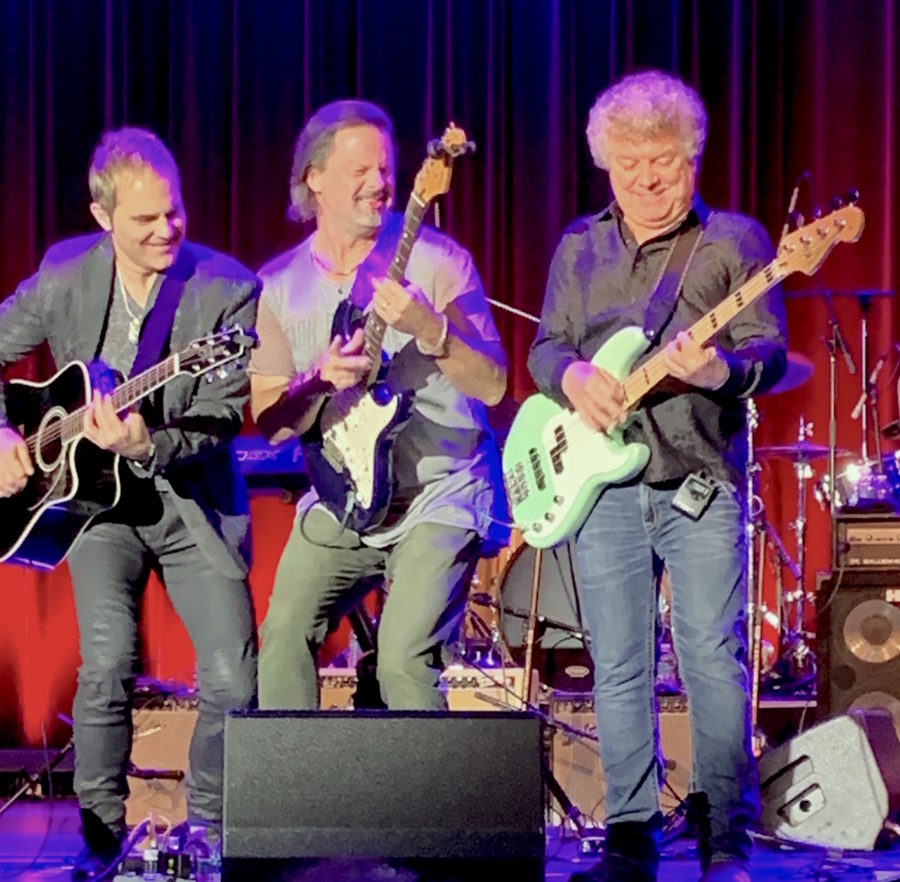Generally, there’s no such thing as a bad concert, and 2019 was no exception. While my criteria for what’s constitutes a good concert experience changes a bit from show to show — the location of my seat, the ticket price, whether I got to go to the meet-and-greet, the quality of the photos I get — I can usually find a lot of things I like about a show.
I couldn’t limit the list to the Top 10 shows of 2019, so I made it Top 11 this year. Really, all the concerts were very good, it’s just that these were just a little bit better.
11. Steely Dan — The Met/Philly (Nov. 9) — There was a lot right and a few things wrong for me at this show. First and foremost, the music was brilliant, Donald Fagen can still deliver the goods, and his band is nothing short … Read more


